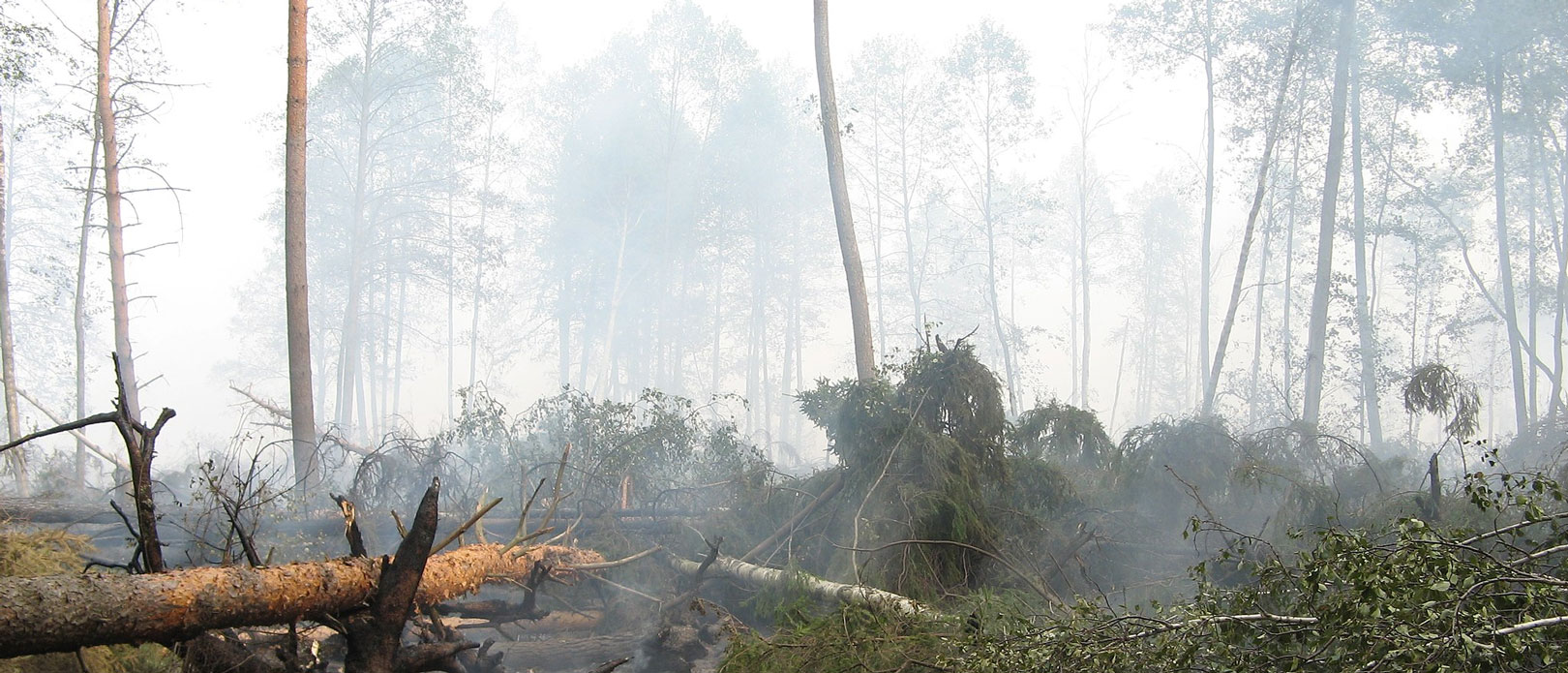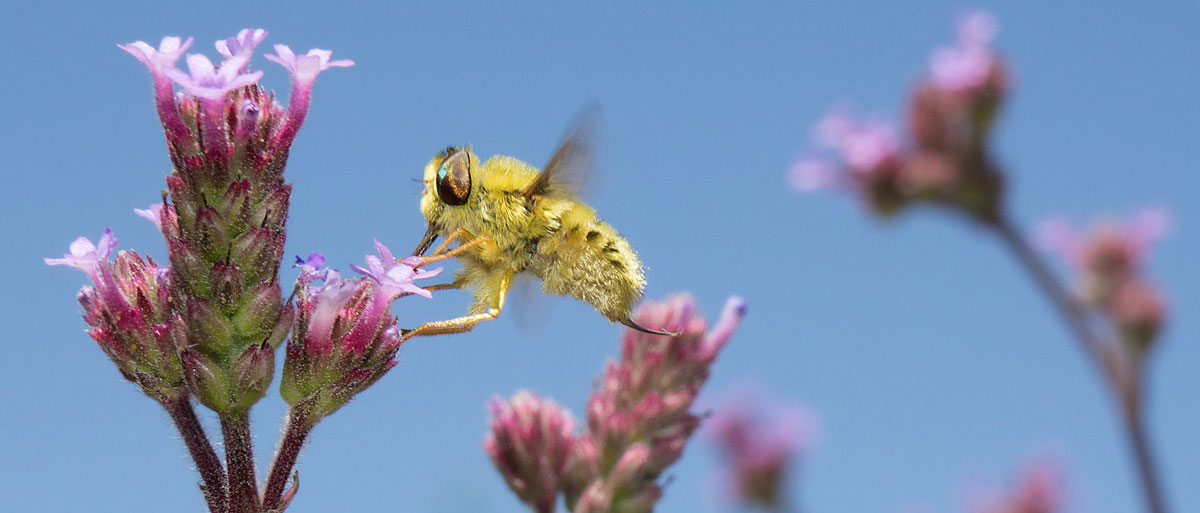Bildtext får vara max två rader text. Hela texten ska högerjusteras om den bara ska innehålla fotobyline! Photo: B. Christensen/Azote
BIODIVERSITY GOALS
Why goals for a sustainable future need to be woven together
- The researchers analysed the new goals for nature being drafted by the UN’s Convention on Biological Diversity
- A ‘safety net’ made up of multiple, interlinked and ambitious goals is needed to tackle nature’s alarming decline
- The researchers behind the study is, a group of more than 60 leading biodiversity experts from 26 countries
Tackling alarming decline in nature needs a ‘safety net’ of multiple, ambitious goals, say researchers
REACHING THE ROAD TO RECOVERY: A ‘safety net’ made up of multiple, interlinked and ambitious goals is needed to tackle nature’s alarming decline. No single goal can capture the broad range of characteristics that need to be sustained, concludes a large international team of researchers, including centre researcher Juan Rocha.
The researchers analysed the new goals for nature being drafted by the UN’s Convention on Biological Diversity.
The scientific advice comes at a critical time: The Convention on Biological Diversity (CBD) recently announced that none of its 20 Aichi Biodiversity Targets for 2020 have been reached. Policymakers, scientists and country negotiators are now preparing for the next generation of biodiversity goals for 2030 and 2050, to be enshrined by their 15th Convention of the Parties in 2021.
One target not enough
The new paper, published in the journal Science and led by Earth Commission experts, outlines the scientific basis for redesigning this new set of biodiversity goals.
To reach the road to recovery, ecosystems, species, genetic diversity and nature’s contributions to people all need distinct goals, and these goals need to be woven together into a safety net and set at a high level of ambition.
There has been a heated debate whether one target can be agreed for biodiversity as we have one for climate. In this paper we show that due to the hierarchical organisation of biodiversity, one target is not enough. We need to embrace its complexity and multiple dimensions in setting targets to increase our probability of success in reducing biodiversity loss.
Juan Rocha, co-author
Reinforcing or undermining
The text of the CBD’s document on new goals for biodiversity is in flux; countries, organizations and interest groups have put forward proposals for particular facets of nature, such as species, natural ecosystems or genetic diversity.
The researchers of this study, a group of more than 60 leading biodiversity experts from 26 countries, assessed these draft goals and asked what is the scientific evidence supporting them, how these goals reinforce or undermine each other, and whether one aspect of nature could serve as a shortcut for others.
The result is an independent, scientifically grounded, unprecedentedly comprehensive assessment.
“We hope this is a useful tool in the CBD negotiations on a new strategy for nature and people,” says Professor Sandra Díaz, lead author of the paper.
Podcast: In the SDGs, where have biodiversity and ecosystem services gone?
Diaz, S., Zafra-Calvo, N., Purvis, A., Verburg, P.H., Obura, D., Leadley, P. et.al. 2020. Set ambitious goals for biodiversity and sustainability. Science 23 Oct 2020: Vol. 370, Issue 6515, pp. 411-413. DOI: 10.1126/science.abe1530
For more information about the study, contact co-author Juan Rocha:









